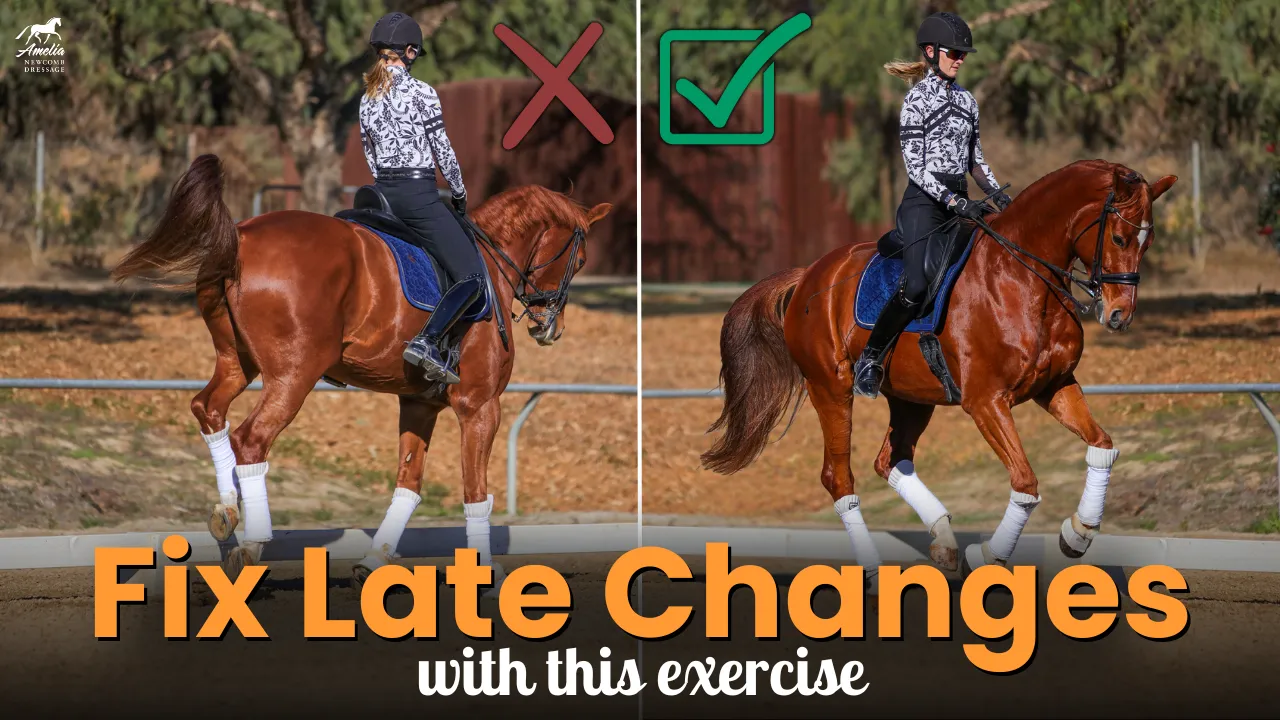Today we’re talking about your test and how to interpret it once you ride and get the judge’s sheet from the office.
What most people do is just look at the score and either be happy or sad with it, never looking back twice. But if you really read the test and analyze what the judge has to say, you can learn a lot. It can be a super useful tool, almost like a lesson.
In this video I look at Fourth Level Test Three from my show last weekend.
First off, start by reading the section labeled Purpose. This outlines what the judge is looking for at your level, and it all goes back to the dressage training scale, which is so important to understand.
Next is introduced and lists any new movements, like tempi changes or half pirouettes, which are specific to your test level.
Once you’ve reviewed this, go through the test, and you’ll notice that after each movement, you’ll see the test and then the directive. I want you to look at that little box where it says directives. The directives are what the judge is looking at to give you a score, so it’s really important to read these so you can tell what you need to do to get a good score.
For example, the directive for the entrance is “engagement, collection, and quality of the gait.” So, I need to have a good quality canter coming in, then halt, and a good quality trot going out—well-defined transitions, straightness, attentiveness, and immobility for a minimum of three seconds. This directive tells me exactly what I need to do if I want to get a ten, and often people don’t read these.
The collective marks are also super important to review. The first one is gaits, freedom, and regularity, where you get a score for your horse’s walk, trot, and canter. The second one is impulsion, desire to move forward, elasticity of the steps, suppleness of the back, engagement of the hindquarters. A lot of these words are involved in the training scale, so go back and review it, it’s such a good tool. You have to know the training scale inside and out.
The third one is submission. I think of submission as the front of the horse, like the brain of the horse, willing cooperation, harmony, attention and confidence, acceptance of the bit and aids, straightness, lightness of the forehand, and ease of movements.
Then we have rider position and seat—alignment, posture, stability, weight placement, and following the mechanics of the gaits. This is super important. You get a whole score on your rider position, so all of you have to work on it.
Once you’ve gone through this, also look at your marks, whether you got a six, seven, or eight, or whatever the mark is, and then read the judge’s comments. Study your test because you can learn a lot, it’s like a free lesson!
Happy Riding!
Amelia








































